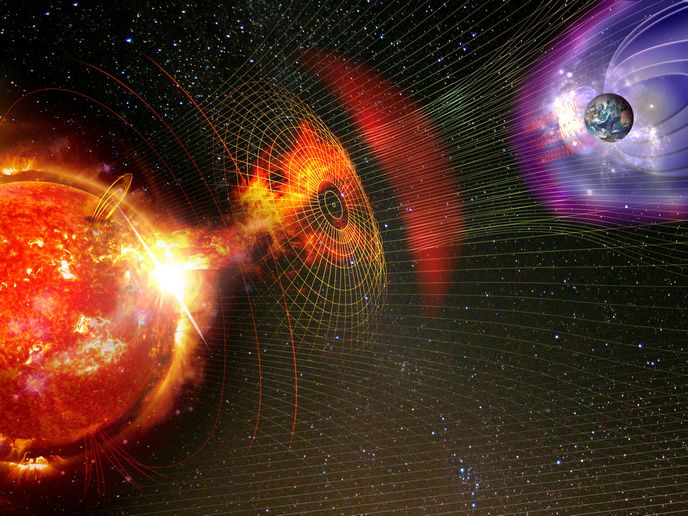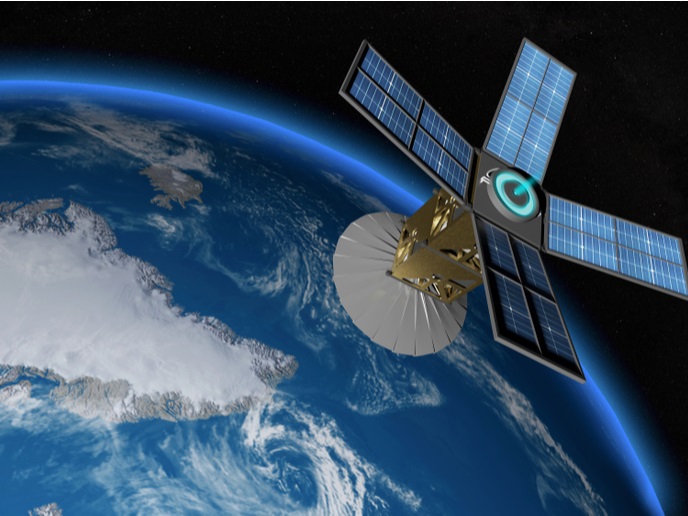Developing a new space weather warning system
Space has weather too, and it can have huge impacts – on Earth and for our equipment and personnel in orbit. Geomagnetic storms, for example, are caused by particles and electromagnetic radiation emitted from the Sun and reaching the planet. This disrupts Earth’s magnetosphere and can cause electric charges to be deposited in satellite components, causing mini-discharges that can destroy electronics. Energetic particles can also be harmful for astronauts, disrupt radio communications and induce currents that can damage power grids. In the EU-funded PAGER(opens in new window) project, a team of leading academic and industry experts created a new system able to provide a one to two day predictive forecast of geomagnetic storms. The system will allow Europe’s satellite operators to gauge potential threats and act accordingly. “Reliable predictions may help operators to put hardware into a safe mode, avoid satellite launches during disturbed conditions, avoid maintenance or upgrades and issue alerts, and can help better understand the reasons for space anomalies,” explains Yuri Shprits(opens in new window), professor of Space Physics and Space Weather at the University of Potsdam(opens in new window) and GFZ-Potsdam(opens in new window), and PAGER project coordinator.
Ring current and radiation belt environments
Among other things, the new system predicts the state of Earth’s ring current(opens in new window) and radiation belt(opens in new window) environments, two populations of energetic particles trapped by Earth’s magnetic field. When a geomagnetic storm hits Earth, ring current and radiation belt particles are energised and can damage even well-protected satellites. “Accurately predicting the state of ring current and radiation belt environments enables us to estimate the risks associated with this harsh environment,” says Shprits.
Forecasting the risk of satellite charging
Government and industry stakeholders need predictions with sufficient lead time to allow them to respond. To address this, the PAGER system models the space environment, starting from the images of the Sun, to allow for a one to two day lead time of predictions of solar wind: the stream of charged particles coming from the Sun. These predictions are then combined with other data known as ‘codes’ on the space environment and satellite charging, including the ring current and the radiation belt. “It was a major effort to collect these codes and couple them so that they could work together,” adds Shprits. The final result was up to four days’ lead time for the predictions of the radiation belt, and up to two days for satellite surface charging. To ensure predictions have high confidence levels, the team adapted the codes to allow separate predictions with different confidence levels: bringing together the most probable scenario together and the worst-case scenario. A simple traffic light system lets users clearly and easily understand the risk of satellite charging. The system also provides a solar-wind forecast, using real-time alerts of coronal mass ejections – another form of space weather which can have widespread impacts on electrical systems on Earth.
A collaborative effort
Shprits says it was crucial to have a team of leading academic and industry experts who could model phenomena from different fields of research, including solar wind generation and propagation, its influence on ring current and radiation belts, and satellite charging. “We currently provide the radiation belt code and the plasmasphere predictions to the NASA Community Coordinated Modeling Center(opens in new window). In the future, we want to transfer our software to ESA(opens in new window),” notes Shprits. The system can be accessed on the PAGER project website.







